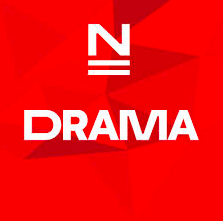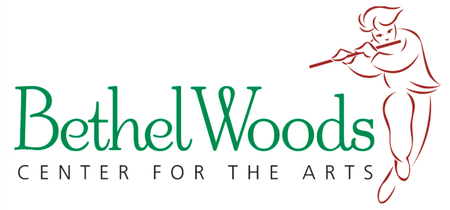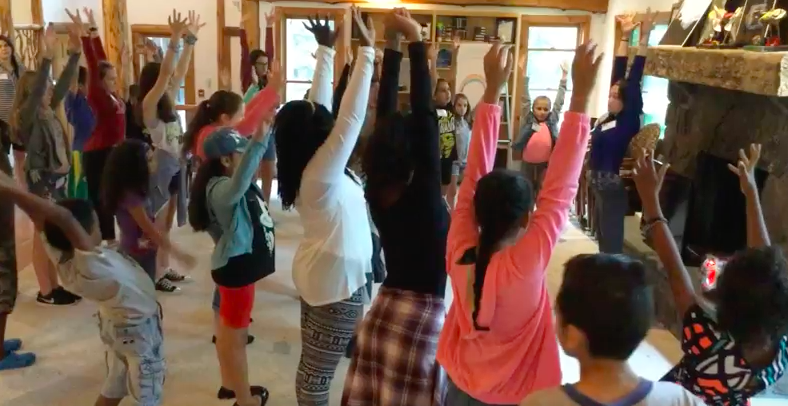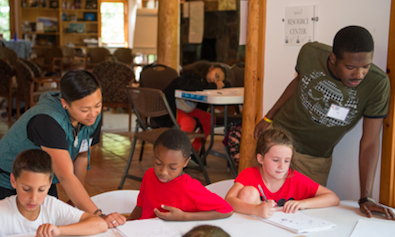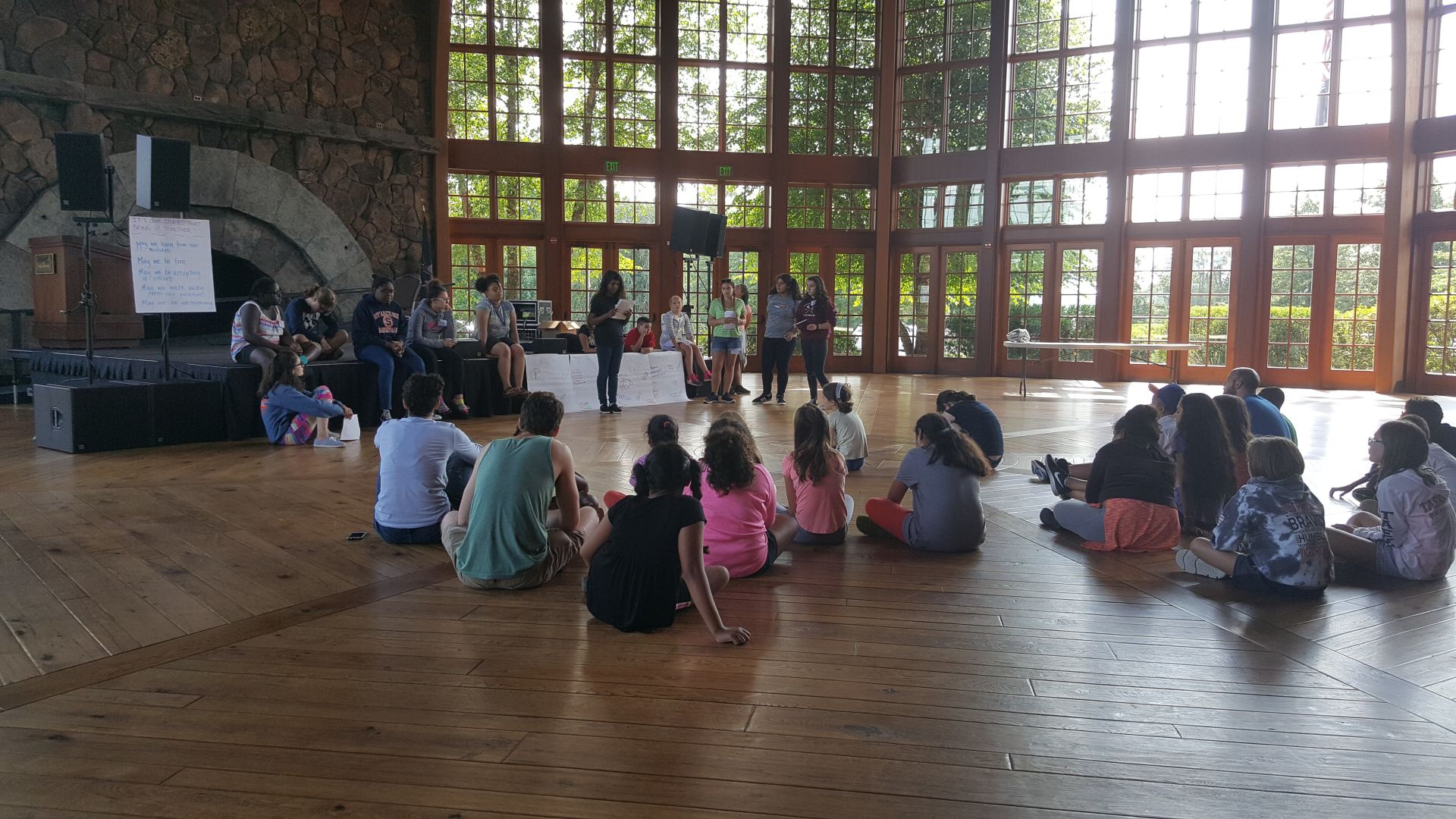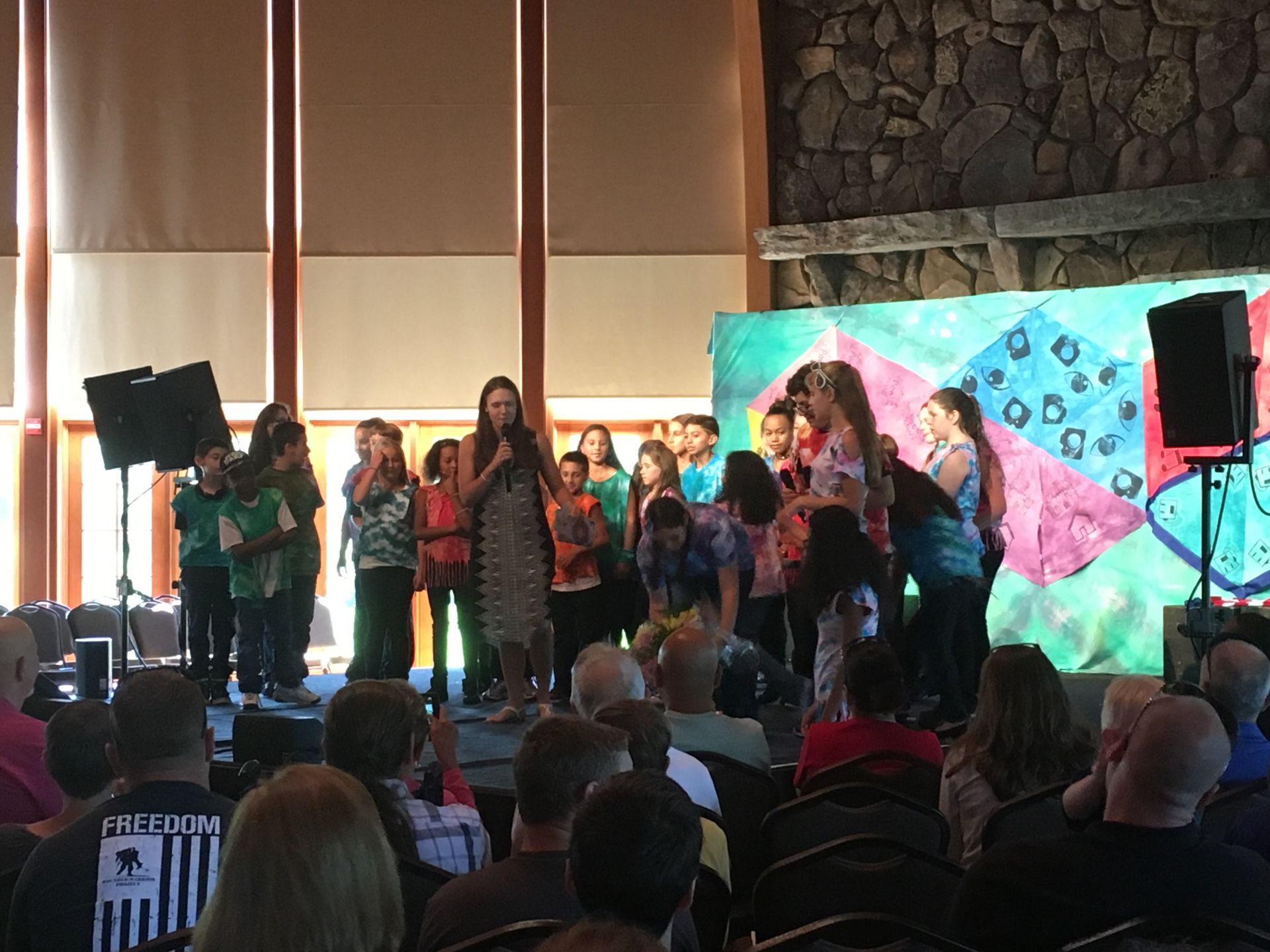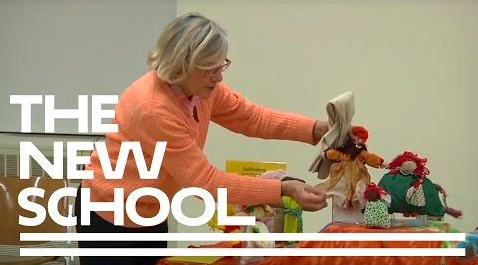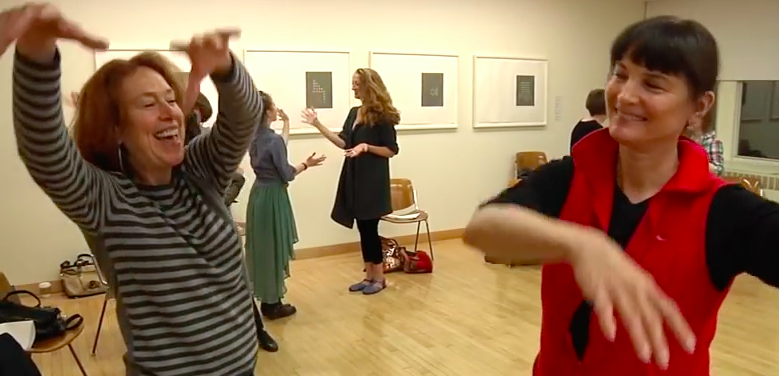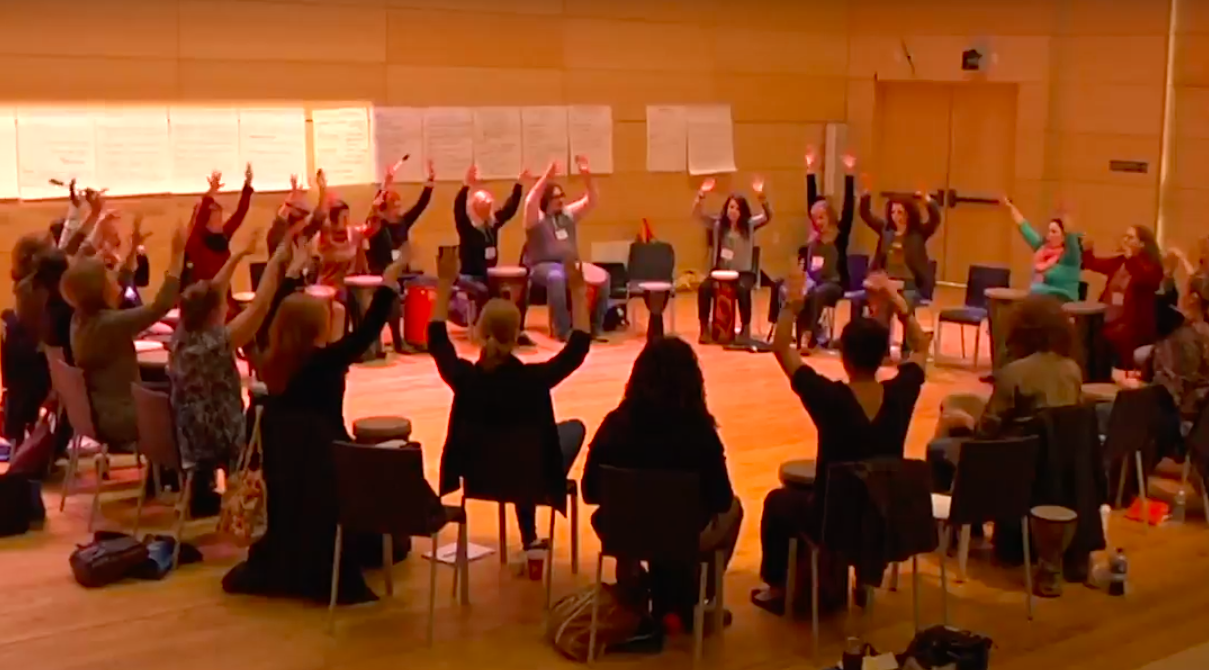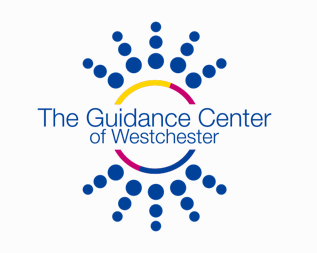PROGRAM DESIGN
Educational Programs - 2002 to 2014
Program design and operations has many aspects, from developing curriculum, to organizing enrollment, marketing, grant writing and reporting, assessment, outcomes, staff and faculty development and accountability, and organizational partnerships. I've been involved with the creation, redesign and operation of several programs in Higher Education and NGO spaces. Here are a few.
The New School University, College of Performing Arts –
School of Drama, New York, NY - 2012
In January 2012, I began working at the School of Drama as the Director of Academic and Faculty Affairs. Pippin Parker, the Dean of the School, and I began brainstorming about the creation of a four-year Undergraduate Program. In March, we had the approval of the Provost and in October we received our NYSED accreditation. The inaugural class of students started in August 2013 and graduated in May 2017.
The Drama School website describes the program. "The four-year BFA program in Dramatic Arts at the School of Drama prepares students to be 21st-century artists and creative thinkers. Professionalism and community are at the core of the program, which provides a rich multidisciplinary, project-based investigation of theater arts and focuses on the development of critical thinking and collaborative skills."
Designing a program like this requires the ability to hold both the granular and the big picture in one's mind at the same time. Using a common metacognitive method of zooming and the metaphor of looking down from varying heights there are several views of the program that I am mindful of.
At the ground view, I see clearly the individual courses and their importance for specific skills development and student growth.
If I look down from the top of a tree, I begin to notice the threads between the core First Year courses and the core courses in each of the later years and how they relate to each other. There are a series of scaffolded experiential courses that build across the four year experience. Aesthetic Inquiry is the philosophical foundation in Year 1. Coupled with embodied learning and reflective practice, students are able to see themselves as artists and makers and begin developing their habits of mind, and praxis. Then, the students engage in context development through their Dramatic Literature and History courses, situating their own creative practice in an already existing art form. Additionally, the students are engaging in foundational coursework in theater technique courses. In Year 3, the students become immersed in collaborative practice, both in collaborative theater and in socially engaged practice. And they start planning for the future through professional leadership and entrepreneur coaching. In year 4, the students create and participate in Directed Research projects. These are self designed capstones and give students an opportunity to synthesize and apply four years of learning.
At the next level up, on top of that building, I begin thinking about the logistics. There are considerations of space, admission process, staffing, faculty hiring, administration, advising, performance, scheduling and of course, accreditation.
And when I get into that hot air balloon, I begin to notice the relationship to related programs inside division/school and across University, and to the stated mission vision and strategic plan for the University.
The information visible at each of these levels has to be communicable. The communication has to be designed for, and appropriate for, participants at which ever level they experience the program.
PLAY Theatre
Bethel Woods
in partnership with
The College of Performing Arts - The New School - 2016 and 2017
In spring of 2016, Maggie Koozer, the Vice Dean of Curriculum and Learning at COPA, was working on expanding the PLAY summer programs to include both PLAY Music (which she developed in 2015) and a new PLAY Theater program. She invited me to design and staff the new PLAY Theater program.
The Bethel Woods website describes the program. "Partnering with professional artistic staff in residence from The College of Performing Arts at the New School in NYC, PLAY programs offer theater workshops for kids ages 9-15 each summer.
"Through exploration of creative writing and theatre technique, and with the guidance from resident artists, participants develop and combine original pieces - from sets to monologues, from dances to songs, from poems to prose – to be celebrated on stage for a single, collaborative presentation."
Led by Drama Faculty and MFA Alumni:
Creative Arts and Healing Minor
Program Redesign - The New School - 2014
In the summer of 2014, the Creative Arts Therapy Certificate Program, founded by faculty Dr. Louise Montello, moved from The New School for Public Engagement to the College of Performing Arts, School of Drama, and became a university wide minor for matriculated students.
When the program and it's faculty moved over to COPA, I adapted the Certificate curriculum into a Minor curriculum and developed a set of common learning outcomes based in three core elements now found in every CAH course: Critical Inquiry (History & Context), Embodied Practice and Reflection/ Synthesis.
The minor in Creative Arts & Healing provided a multi-tiered approach to the creative, historical, and embodied dimensions of the Creative Arts as contextualized within the healing modalities, with mentored instructional time for reflection and synthesis within each Creative Arts & Healing course. This minor serves as a place for the development of critical thinking skills and an increase in empathy/ empathic response through the exploration of the influence of Dance/ Movement, Music, Drama and Visual Arts on healing.
This minor encourages students to engage with the material and determine if they are interested in applying the methods to Teaching Artistry, Recreational Therapy or an application for Master's level study with the eventuality of State Certification or licensure.
Minor Learning Outcomes:
By the successful completion of this minor, a student should be able to demonstrate:
- The acquisition of a common vocabulary used by various practitioners and scholars within Creative Arts Communities (e.g. Dance/ Movement, Music, Drama and Visual Arts therapy.)
- An expanded familiarity with the established practices of one of the following areas: Dance/ Movement, Music, Drama or Visual Arts, as it can influence healing.
- An understanding of the role of artist and beholder (practitioner and client) in embodied practice.
- An awareness of the intersection between different healing modalities and their histories including the intersectionalities within the ecosystem of Creative Arts and Healing methodologies.
- An ability to engage and develop analysis of the social, cultural, and political aspects of civically engaged work as it pertains to healing and the therapeutic setting (Clinical or Community based program).
- The skills of conceptualizing and implementing high quality research in a systematic manner, using qualitative research methods consistent with those recognized in the field.
- The ability to reflect on the ideas and work of peers and to verbally engage in a way that furthers the collaborative and creative processes for work in a healing environment (Clinical or Community based application).
From 2014 to 2017, Kate McIntosh
was the Program & Field Placement Coordinator and Nikki Guerra was the Program Administrator. The program was sunsetted in 2017.
After-School Programming
The Guidance Center, New Rochelle, NY -
2002 to 2004
Through the support of the FEMA Project Liberty Grant, I created a Friday night peace mural project with middle school youth. For eight weeks we met together on Friday evenings at the Mamaroneck Village Recreation Center. When the (portable) mural was completed it was moved to the Hommocks Middle School.
In the early 2000s the Wallace Foundation was supporting democratic after-school programming models with middle school youth. The Guidance Center was granted a five year program development grant to launch a New Rochelle wide project. I came on board in fall 2002 as the Director of after-school programs. I developed a plan for initiating the project and moving it from the project phase that they had been using (12 students from two public middle schools) to a program with nine youth leadership teams serving 200 students.
I created leadership development curriculum for nine youth teams throughout the city where students learned about not-for-profit operations, fundraising and event planning. We were a community driven program and maintained relationships with two public, one private, two parochial schools and a homeschool cooperative in addition to the City of New Rochelle Youth Bureau, Parks and Recreation office, the DARE Officers, the Boys and Girls Clubs of New Rochelle (four locations) and the YMCA.
Additionally, I oversaw a high school youth program called “Giving a Voice to Youth in the Community”, which empowered students to do community awareness projects, peer-mediation and a fortnightly call-in radio show.

